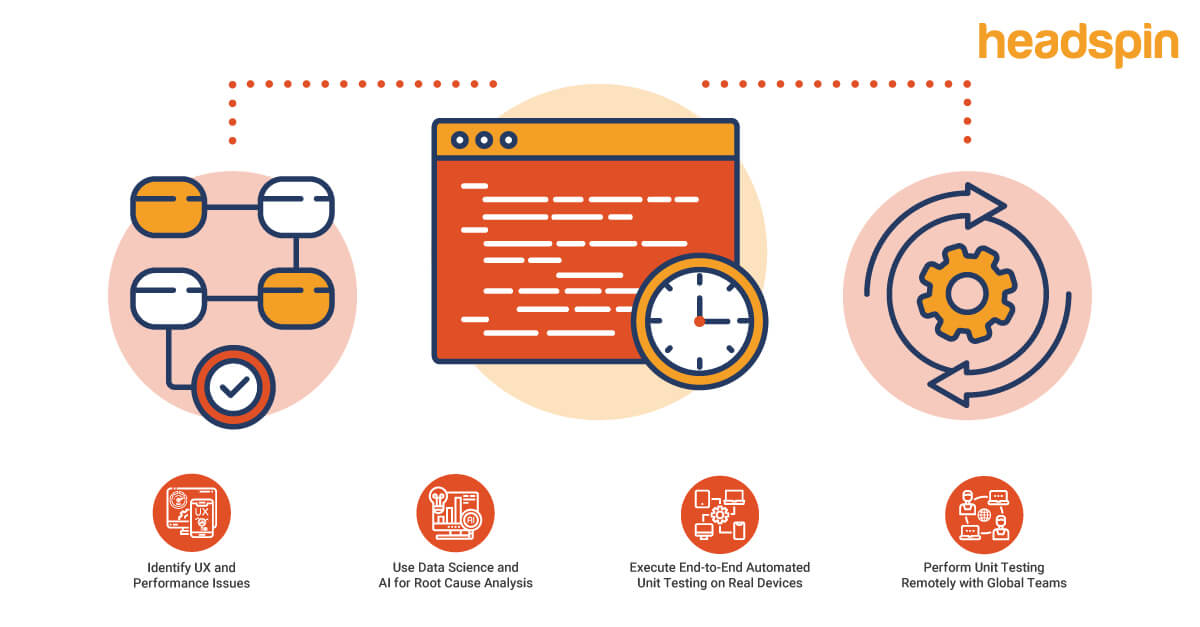A Comprehensive Guide Unit Testing
 Gurdhir Singh
Gurdhir Singh
Software development involves different steps and processes, ranging from writing code and testing every function to debugging and deploying. Unit testing is an important test method used by QA teams to ensure that a software product is free of errors and meets all essential requirements. Nowadays, unit testing has become imperative in the software testing cycle to ensure that each unit of the software product is completely functional and operates as planned. Unit testing is generally considered the first step in the software development life cycle (SDLC). In unit testing, testers validate each testable part of an application to ensure that each unit of the app's code works as intended. Unit testing is normally executed in the early development stages of an application by developers or testers.
This blog discusses unit testing's importance, advantages, and various testing techniques in detail.
Fundamentals of Unit Testing
In a software application, the smallest part of a code that can be tested is called a unit of code. Unit testing is a testing method used in the software development cycle to validate that a unit of code will behave as intended and that the tested code will produce the same result every time the test is performed. Unit testing comes under white-box testing, and it is generally done by writing test cases that exercise individual functions, methods, and classes. Unit tests are normally written in pseudocode. The accuracy of the code, code coverage, implementation and maintenance of coding standards, and verification of the functionality covered by the piece of code are the main components or functions verified by QA experts with unit testing.
Here are the four important steps used by QA teams to run unit tests.
Writing test cases: Developing multiple test cases of applications’ components.
Review and edit: Verify the written test cases and edit them if there are any errors.
Baseline: Ensuring whether each code line is in a manner or not.
Execution: Executing test cases to identify possible errors.
Test cases of unit testing are simple and clear so that they are easy to read and understand, even if they have complex logic and lots of variables. Unit testing is performed before integration testing, which saves a lot of time and costs. Moreover, unit tests can be carried out manually or with test automation tools.
Subscribe to my newsletter
Read articles from Gurdhir Singh directly inside your inbox. Subscribe to the newsletter, and don't miss out.
Written by

Gurdhir Singh
Gurdhir Singh
Senior Software QA tester with full system development lifecycle experience, including designing, developing, and implementing test plans, and test cases.